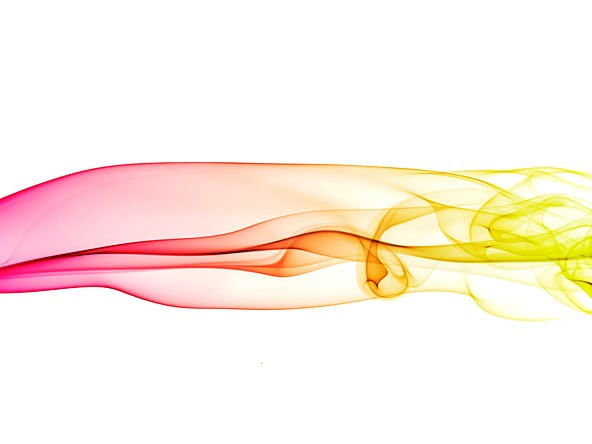While it’s clear that scent has a strong impact on us, people struggle to articulate their experience of it. Andy Myers outlines the results of an experiment to understand the physiological impact of smell using biometrics.
No other sense is so firmly linked to memory and emotion than our sense of smell. With its strong physiological link between the olfactory and limbic system and around 1,000 genes that encode distinct scents – compared to vision that only has four – our sense of smell is highly discriminating and adept at distinguishing and recognising smells, even though we may struggle to articulate them…
…And maybe that is part of the problem: bricks and mortar retail stores are still dominated by vision, sound and touch. What about smell?
It is clear from both academic literature and our research that smell has an impact on us, but that impact is unconscious: when people are asked what they think, they struggle to give any deep level of introspection into the experience, beyond whether they like it or not.
Does this mean scent alone will enhance an experience? Should retailers spray a couple of bottles of perfume around each day and that will do the trick? Or is it more complicated, more nuanced? As you may expect it is the latter, so put the perfume down for a moment and read on…
With that problem in mind, we recently partnered with Ambius & Premium Scenting, who wished to understand the physiological impact of scent on people’s experiences. To understand the unconscious emotional reaction to scent, we used galvanic skin response (GSR) – a physiological measure of changes in skin conductance that helps to tell us the level of physiological arousal, or if you prefer, involvement in an experience.
In our study, we tested 50 people across two groups – one with scent and a control group without it. Participants were placed in six different virtual reality (VR) multisensory experiences ranging from a tranquil beach to base jumping; the only difference being that one group was delivered with an appropriately paired scent – e.g. the beach video was accompanied by ‘marine sawgrass’, the northern lights video was paired with ‘crisp breeze’.
The scent alone provided a 38% average increase in arousal compared to the unscented condition – so just by adding a scent there is an automatic unconscious increase in physiological arousal. But it turns out that the magnitude of the effect differs depending on how intense the visual experience is. For example, in a VR experience on a beach, the scent resulted in a massive uplift, but for the base jumping VR experience there was almost no effect of scenting – but why?
Well, if you are in a relaxed, calm store environment, your physiological arousal will likely be quite low, and so adding in the scent then amplifies that experience. If, instead, you are in a high street fashion store with bright lighting, loud music and striking visuals, your arousal levels are already high, making scent less impactful.
Does this mean scent can only have an impact in some stores and not others? The short answer is no! When we looked at the results over time we saw that in the first five seconds of each experience, there was a significant notable effect of scent on all experiences when it is first introduced. However, over time, the effect evolved differently depending on the visual experience. In the more visually extreme VR experiences, the significance of the differences between the scented and unscented conditions become increasingly less so throughout the length of the experience, while the opposite is true in the other conditions. Consistent with how we know scent operates, scent can be used to drive attention or even zone different areas of a store.
While this study shows the power of scent is clear it also opens up a new avenue for brands to explore – how they can develop scents to be congruent with brand identity. Done correctly, this effect will last out of the store. Just as the experience is enhanced through multisensory integration, so is the memory retrieval – the memory triggered by one sense will activate others, creating a longer lasting, and arguably more engaging experience.
When you see an image of the brand, for example, it will trigger the memory of the scent and the associated experience, much in the same way advertisers know that showing chocolate in an advert is triggering the multisensory experience of eating it – creating stronger, more emotional, memorable brands.
Andy Myers is director at Walnut Unlimited, part of the Unlimited Group
Source: The power of scent | Opinion













